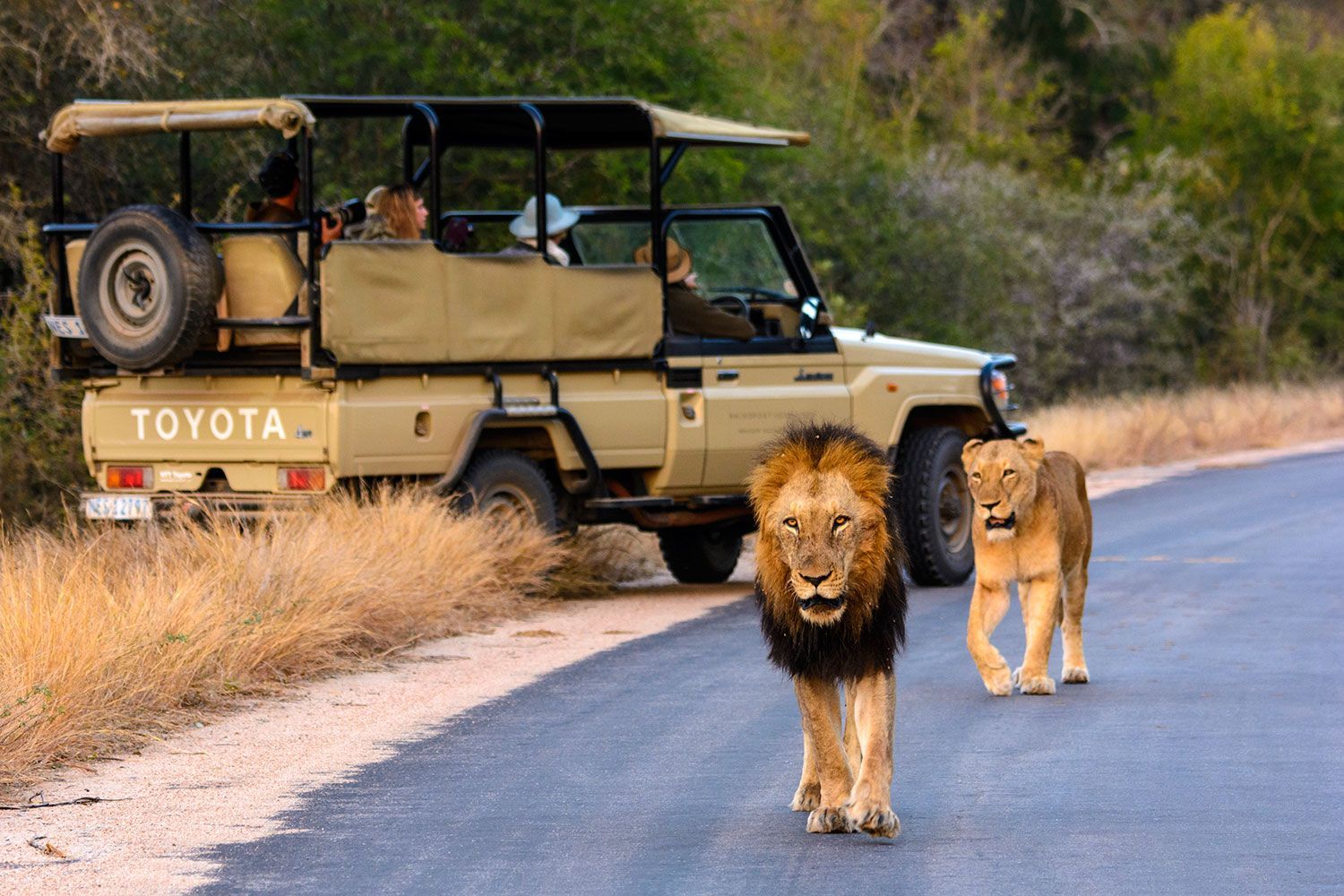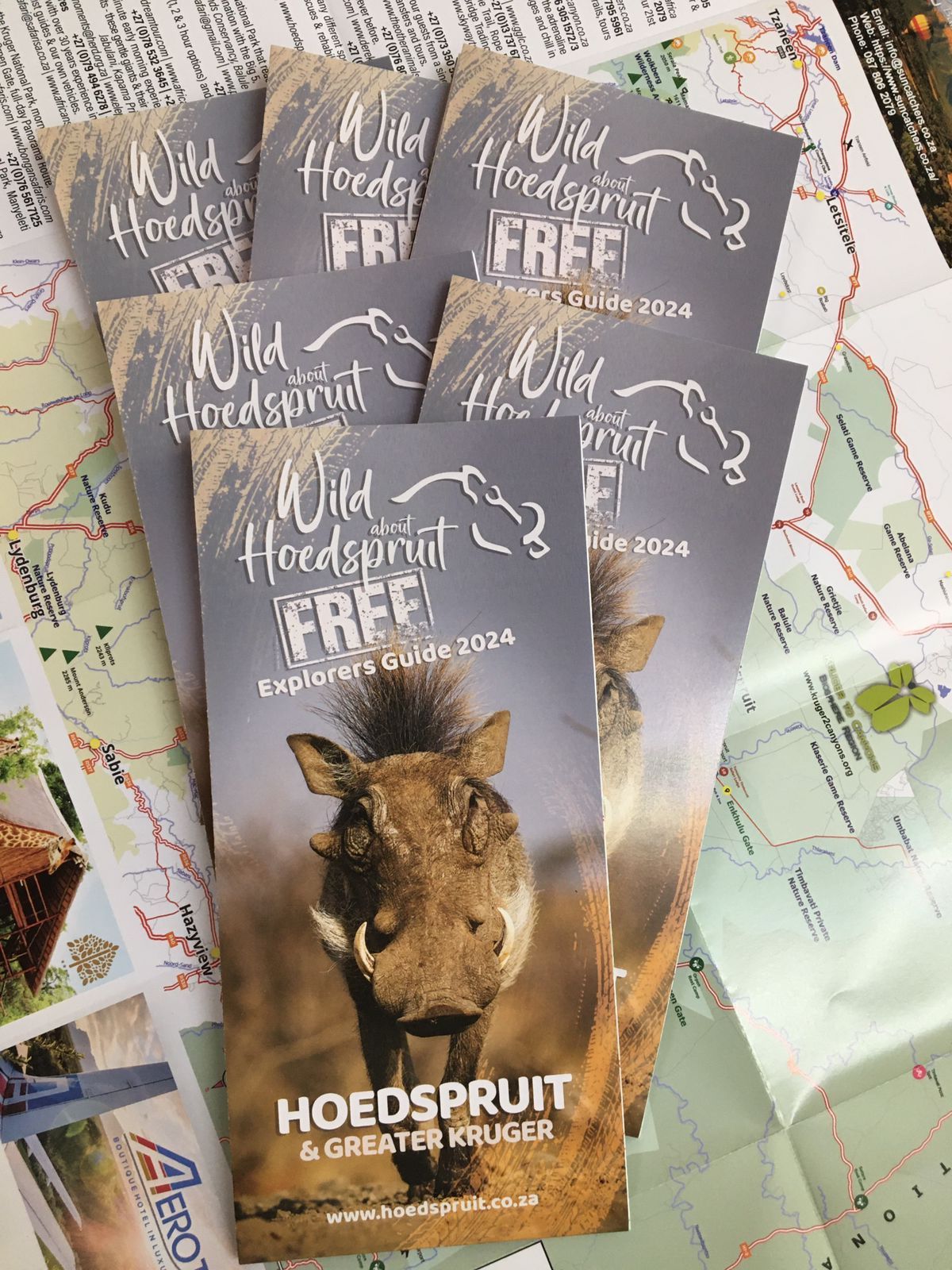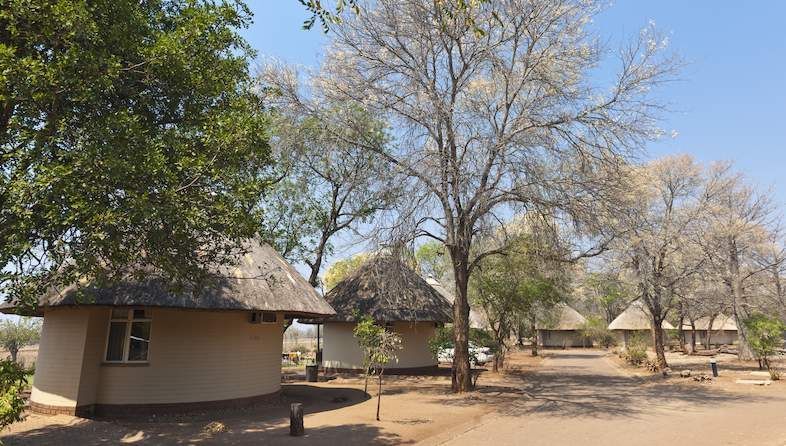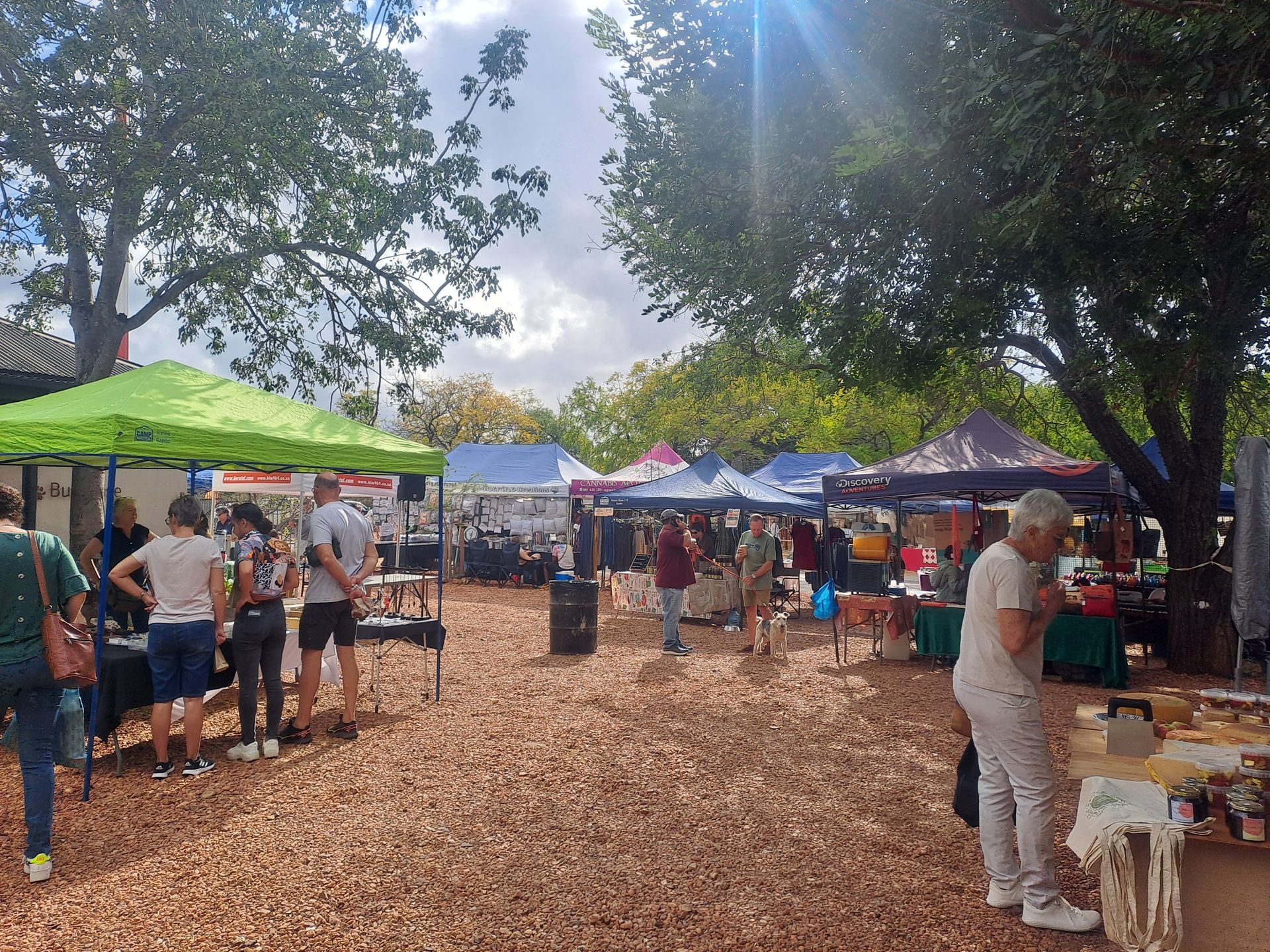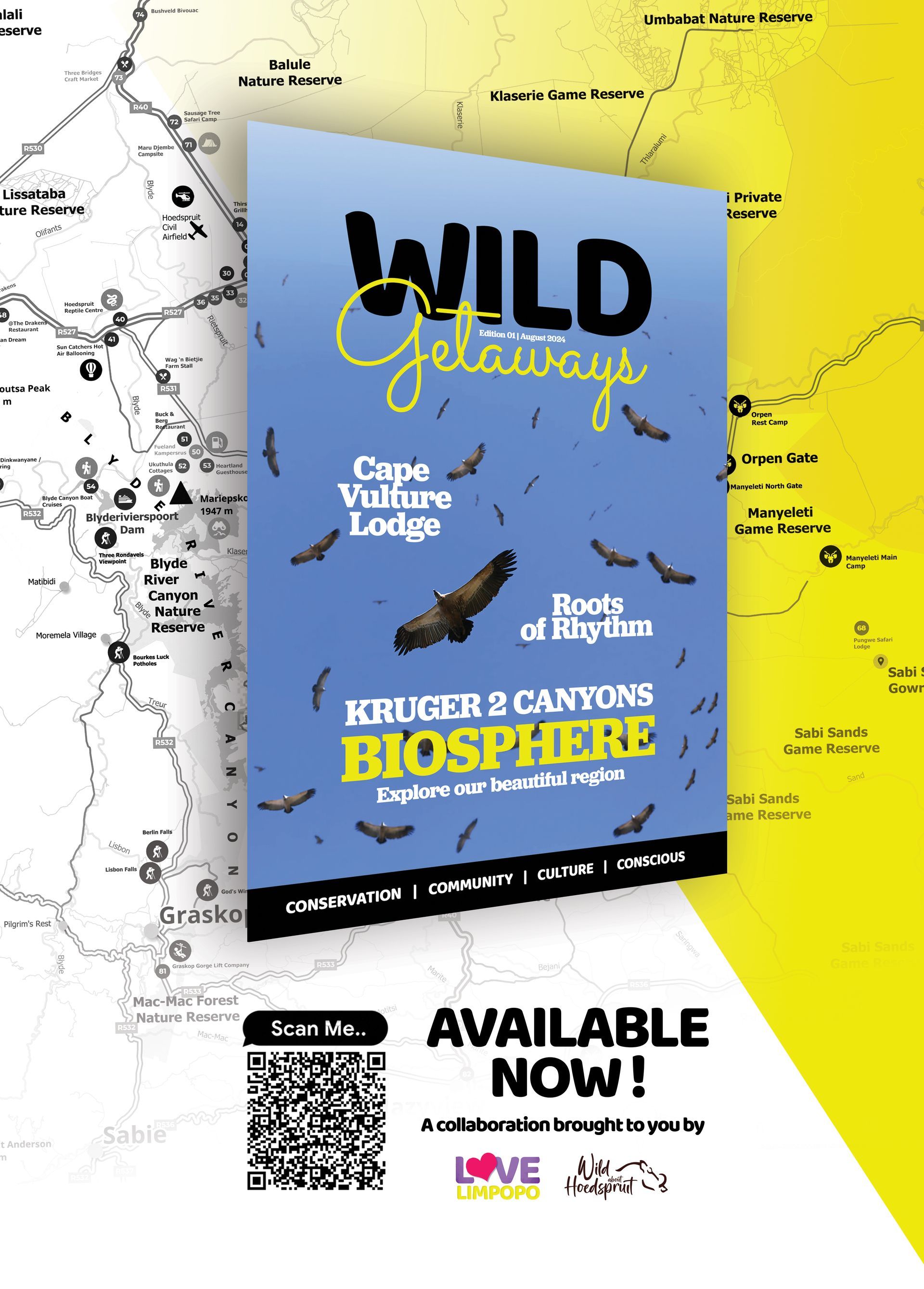The Secretary Bird in Kruger National Park: A Complete Guide
The Secretary Bird, with its striking appearance and unique hunting techniques, is a captivating sight in the vast landscapes of Kruger National Park. This guide offers valuable insights into the identification, behaviors, and importance of encountering this iconic bird in one of Africa's premier wildlife destinations.

Why It's an Exciting Species to Encounter in Kruger
The Secretary Bird's large size, distinctive plumage, and fascinating ground-hunting behavior make it a thrilling species to observe in the open savannas and grasslands of Kruger National Park. Its presence adds a touch of grace and majesty to the park's diverse ecosystems.
Identification
Physical Characteristics
The Secretary Bird is easily identified by its tall stature, with an average height of 4.2 feet (1.3 meters), long legs, and a bare, red face. It has black feathers on its body and wings, contrasted by long, elegant, black-and-white plumes extending from the back of its head.
Unique Features for Easy Identification
The most distinctive feature is its crane-like appearance and the elongated feathers on the back of its head, resembling quill pens, giving rise to its name. In flight, the broad wings and long legs are prominent, further aiding identification.
Fascinating Facts
Interesting and Lesser-Known Facts about the Secretary Bird
The Secretary Bird is a formidable hunter, using its strong legs to stomp on snakes and other prey on the ground. Despite its appearance, it's an accomplished flyer and can cover great distances in search of food. Its diet includes insects, small mammals, and even venomous snakes.
Its Role in the Ecosystem
As a top predator in the savannas, the Secretary Bird plays a crucial role in controlling the population of small mammals and maintaining a balance in the ecosystem. Its presence indicates the health of grassland habitats.
Habitat and Range
Where in Kruger Can You Find the Secretary Bird?
Secretary Birds are commonly found in the grasslands and savannas of Kruger National Park, particularly in regions with a mix of open spaces and scattered trees. They are often seen walking in pairs or alone, covering large distances in search of prey.
Preferred Habitats and Behaviors
They prefer habitats with low vegetation, making it easier for them to spot prey on the ground. Secretary Birds are terrestrial hunters, and their walking behavior, coupled with occasional bursts of flight, is a characteristic spectacle.
Best Times for Sighting
Seasonal Variations in Visibility
While present year-round, sightings may increase during the dry season (May to September) when reduced vegetation improves visibility. However, they are adaptable birds and can be encountered throughout the year.
Preferred Times of the Day
Secretary Birds are diurnal hunters, meaning they are most active during the day. Early mornings and late afternoons are optimal times for observing their hunting behaviors and enjoying their majestic strides across the savanna.
Behavior and Social Structure
Behavioral Patterns and Interactions
Secretary Birds are known for their deliberate and methodical hunting behavior. They stamp on the ground to flush out prey, and their impressive walking strides cover considerable distances. While often solitary, they may form pairs during the breeding season.
Social Dynamics
Breeding pairs work together in nesting activities, with both partners contributing to nest construction and chick-rearing. Their solitary nature and large territories make encounters with multiple birds a rare but rewarding sight.
Conservation Status
Current Conservation Status
The Secretary Bird is listed as "Vulnerable" on the International Union for Conservation of Nature (IUCN) Red List. The main threats include habitat loss due to agricultural expansion, poisoning, and electrocution from power lines.
Any Particular Threats or Challenges the Species Faces
Habitat fragmentation and degradation pose significant challenges to the Secretary Bird. Conservation efforts focus on preserving open grassland habitats and mitigating human-wildlife conflict.
Tips for Spotting
Key Signs to Look For
Look for the distinctive silhouette of a tall bird with a crane-like appearance walking deliberately across the savanna. Listen for the rustling of grass as it moves and keep an eye on its behavior, especially the characteristic stomping on the ground.
Popular Regions within Kruger for Sightings
Secretary Birds are often encountered in the central and southern regions of Kruger, including areas around Satara, Olifants, and Lower Sabie. Open grasslands and savannas with scattered trees provide ideal habitats.
Encountering the Secretary Bird in Kruger National Park is a unique and memorable experience. Its significance extends beyond its charismatic appearance, highlighting the delicate balance of ecosystems and the importance of preserving grassland habitats.
Additional Resources
Share This Article
Quicklinks
Related Articles
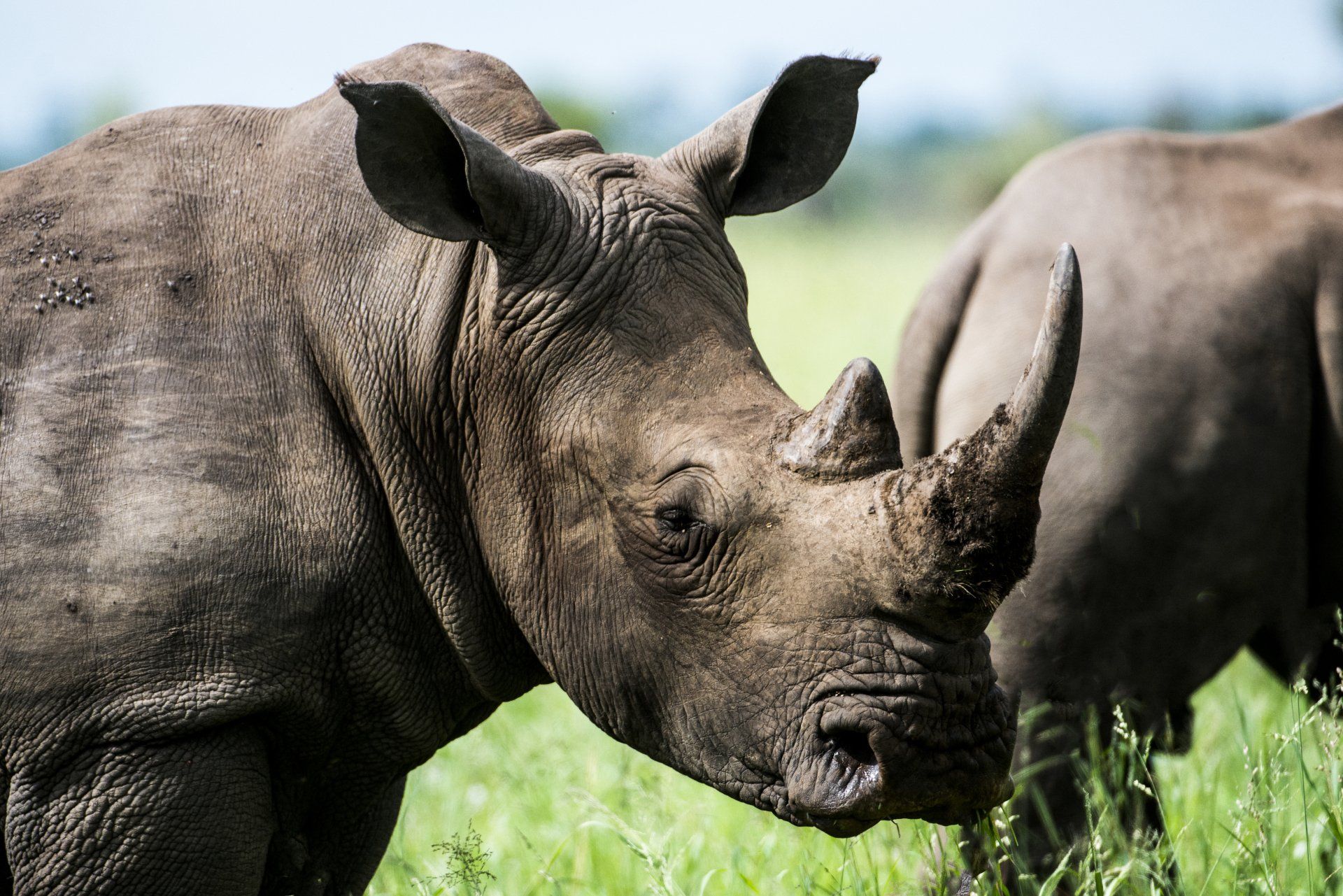
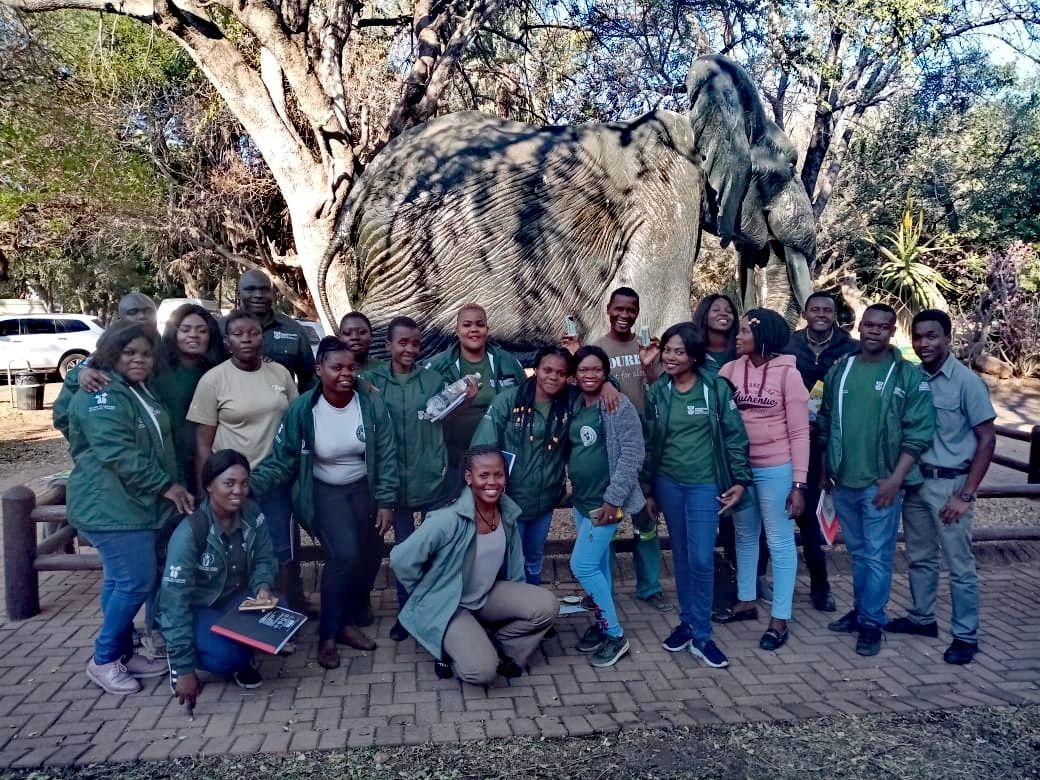

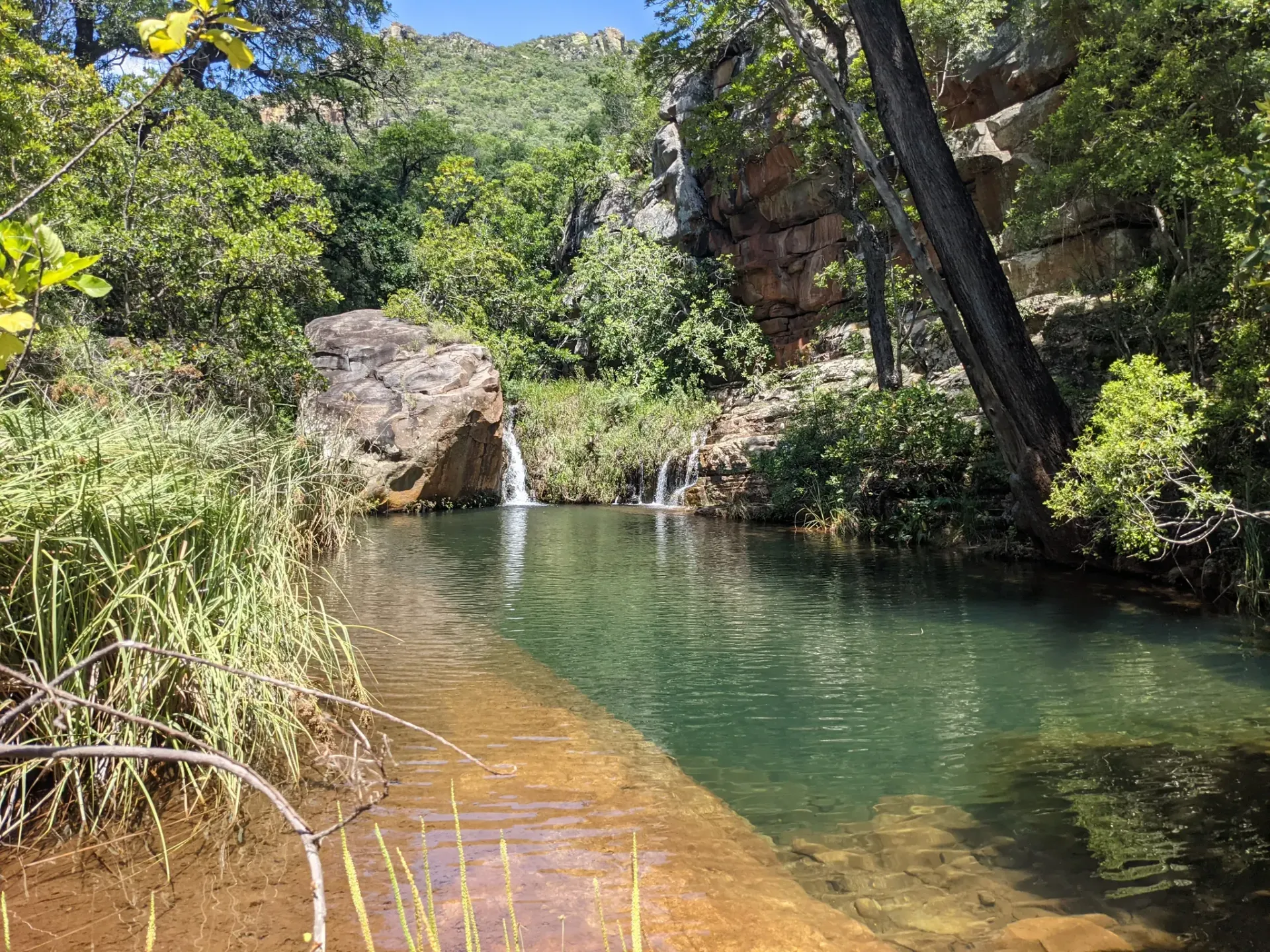



Hoedspruit Articles




